Startup says floating barrier is instant, easy-to-use, and effective
Oil spills rarely grab the headlines. Deepwater Horizon was the exception. Eleven workers died when the offshore rig exploded in the Gulf of Mexico in 2010. It was the biggest leak in US history, polluting the water with 134 million gallons of crude oil.
But the truth is that oil spills happen every day, albeit much smaller in scale. There are as many as 60 or 70 every day around the world, and those are just the spills that are reported. The actual figure could be 10 times as many.

The problem is that it takes time to pull together a response team of trained personnel, heavy equipment, and massive ships to transport them.
And when oil spills, every hour is crucial. The longer it takes to contain, the more the oil spreads, causing extensive damage to the environment, the economy, and human health.
Oil sticks to and separates birds’ waterproof feathers, exposing their sensitive skin to extremes in temperature. It also poisons fish and impairs their heart, lung and reproductive function, harming them as well as harming the livelihood of fishermen.
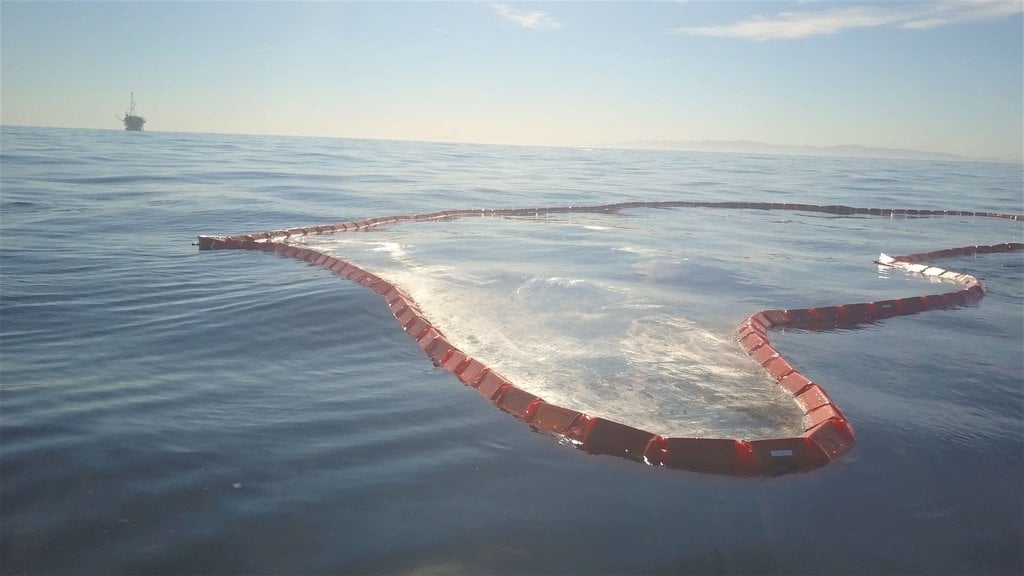
Harbo, an Israeli company, aims to be the first line of defense with a floating barrier – or boom – that can be deployed in just 15 minutes, by workers with no prior training.
They can act immediately to contain the damage – putting the boom around it to limit the spread – rather than waiting many hours for a team of professional “oil spill responders” to arrive by ship.
Traditional containment booms are huge pieces of equipment weighing over a ton, which are transported by ship with a team of trained personnel.
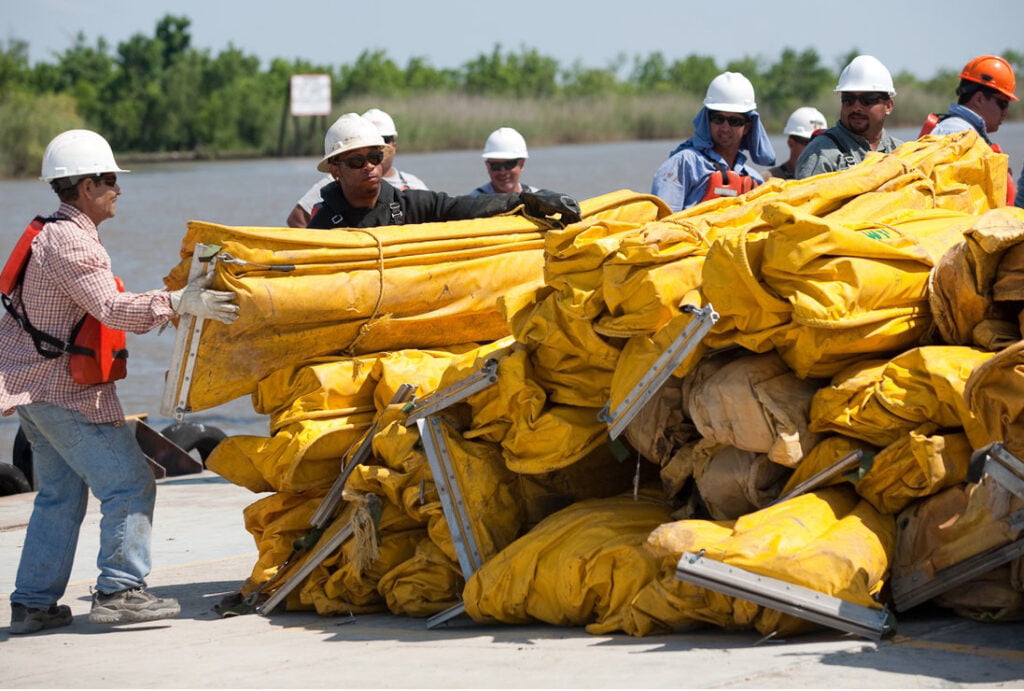
Harbo says its solution comes, literally, from thinking outside the box. It has developed an effective boom that comes in easy-to-carry cases.
It takes just two operators, in a small lifeboat-sized vessel, to click together as many lengths of the boom as are needed to surround the spill.
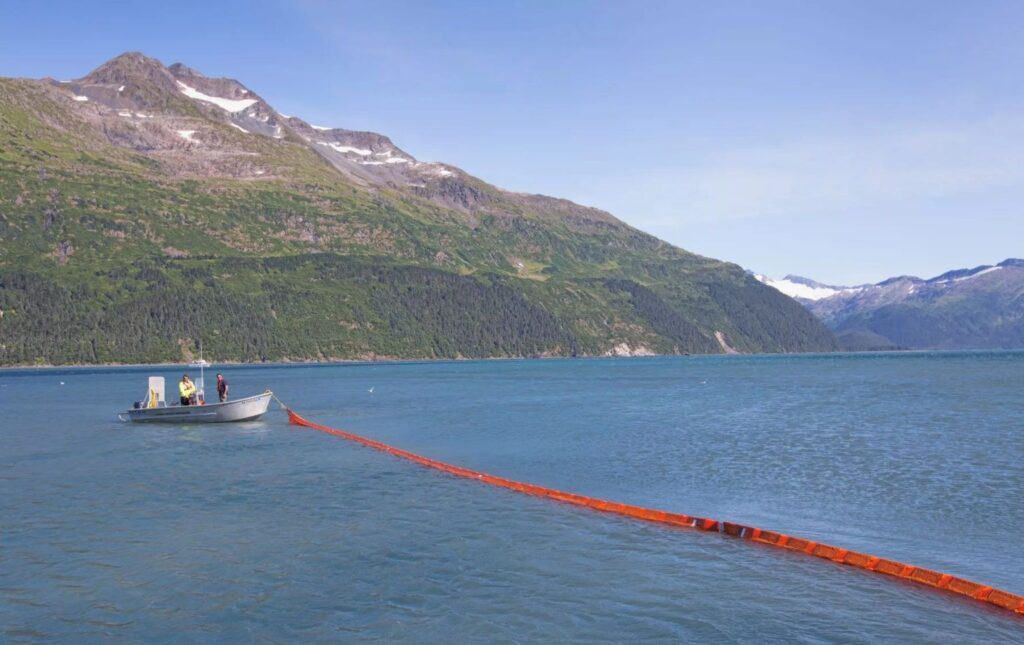
The traditional booms deployed by professional teams need to be anchored so that the waves don’t capsize them.
Many are also inflatable and need a power source like a generator as well as an air compressor in order to be deployed – which all takes valuable time.
But the Harbo Boom uses metal weights to ensure the boom remains upright. The device’s patented shape makes it able to ride the waves of fast-moving water to prevent the contained oil from spreading.
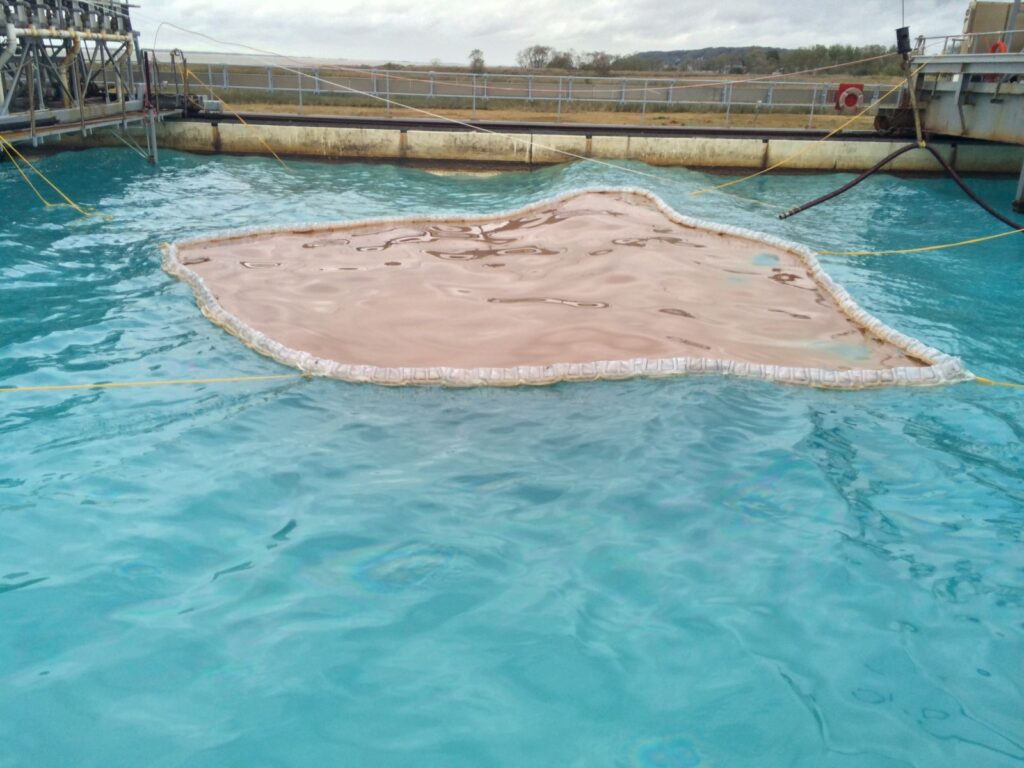
“The problem is that worldwide, we’re talking about 60-70 recorded oil spills per day,” says Boaz Richter, general manager of the company. “And there is an estimate that about 10 times as many are not reported.
Sign up for our free weekly newsletter
Subscribe“The traditional teams handling these oil spills are attacking the problem within 12 to 36 hours, depending on where it happened, and the geography of the area. But because water travels quickly and the engagement teams are really slow, you need a rapid response.
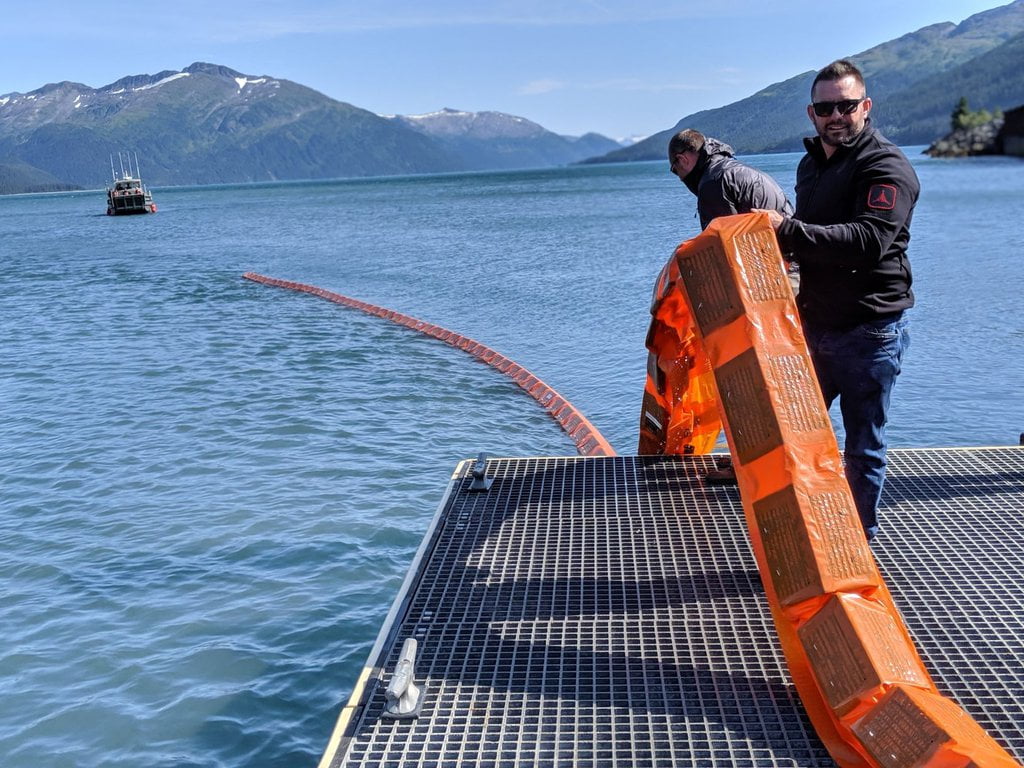
“We’re not trying to compete with the traditional solutions. Our solution is accessible, easy to use, and does not require any training, which allows for a rapid response.”
The world’s oceans are contaminated by more than 2.2 billion gallons of oil every year. Only 40 per cent, at best, can be cleaned up by mechanical means, and the negative impacts of a spill can affect wildlife thousands of miles away.

That’s why solutions that can quickly contain the oil and prevent its spread are becoming increasingly necessary.
After a boom has been deployed, the oil is either sucked up using an industrial version of a vacuum cleaner (known as a skimmer), or soaked up using super-absorbent material, such as peat moss, wood products, or clay.
Richter shares an example of his company’s device in action. “There was an accident in the Rotterdam port, in the Netherlands. A marine vessel hit the pier and there was oil spilled everywhere.”
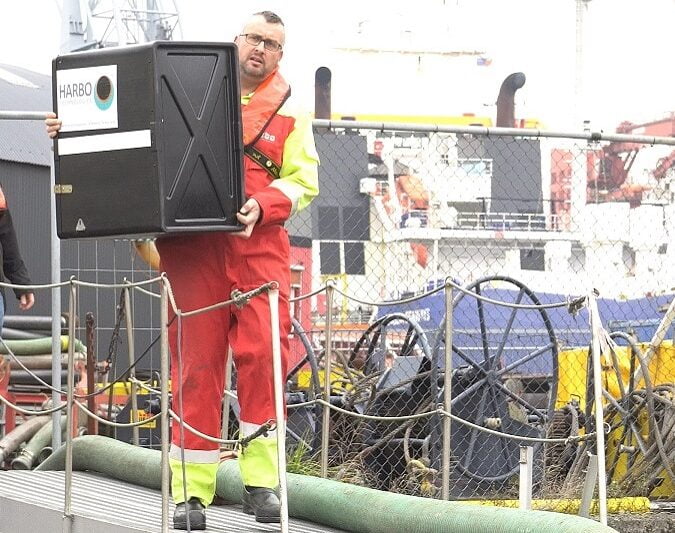
The 200-ton spill was the second largest oil spill in the port’s history. The Tel Aviv-based company was able to deploy its solution to contain it in under two hours, and prevent extensive environmental damage.
The device can be pre-installed anywhere a spill can occur, like ports, and onboard large ships and oil rigs. It can also be supplied to marinas, coast guards, and coastal and environmentally sensitive areas – much like a defibrillator and a fire extinguisher can be found in any public place.
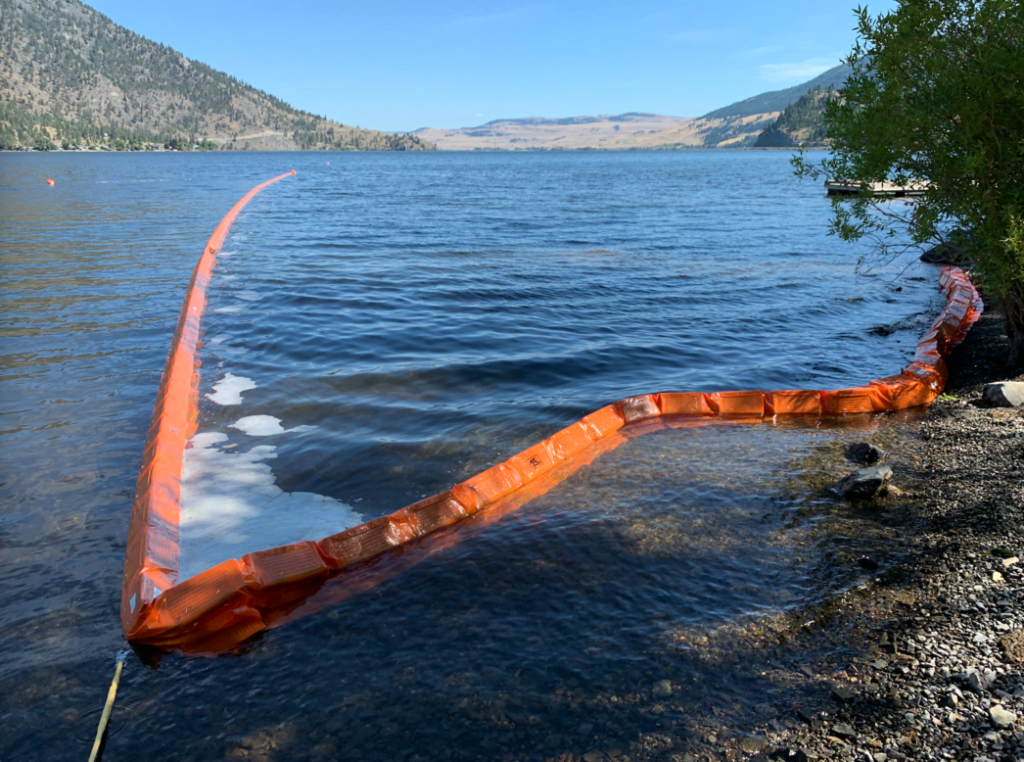
Once the oil has been removed, the boom can be disposed of. Though it can be reused, Richter advises against its decontamination, as it is hazardous, costly, and can wash oil back into the environment.
The Harbo Boom underwent two separate weeks of successful tests at OHMSETT (The National Oil Spill Response & Renewable Energy Test Facility) in New Jersey, USA – the only facility of its kind where full-scale oil spill response equipment testing, research, and training can be conducted under controlled environmental conditions. The tests found that no oil escaped above or below the containment device.
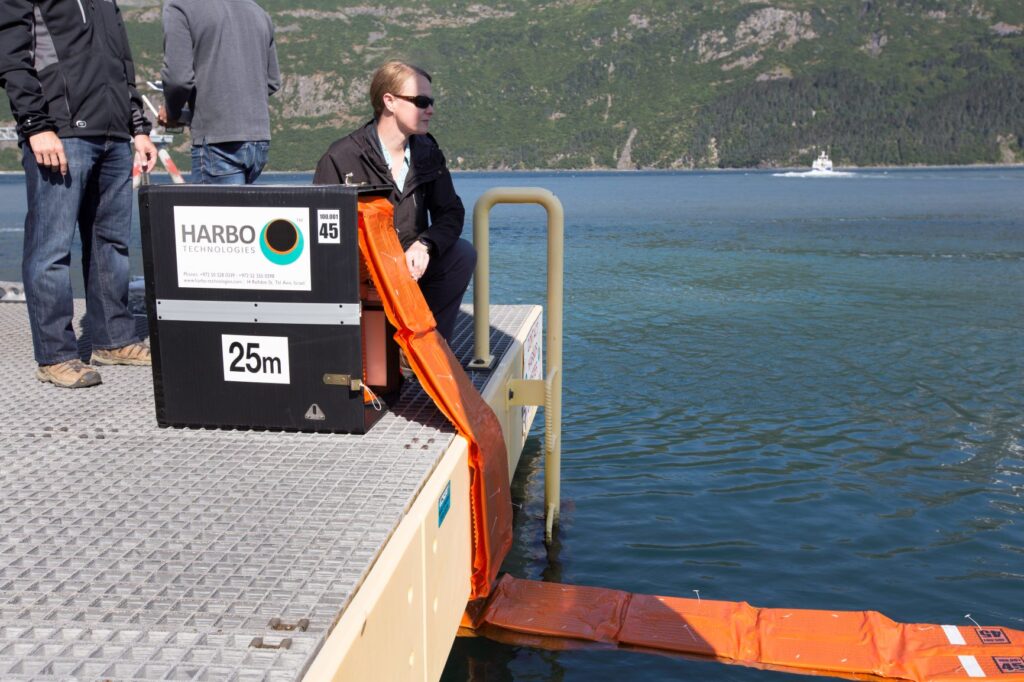
This year, Harbo will present a new version of its product that is 32ft (10 meters) long and can fit into a backpack. It will be as light as 14kg – just over 30 pounds.
Harbo says it’s sold almost 2,000 units of its product in the decade since it was founded, to the US, Canada, the UK, Scandinavia, and the Far East.
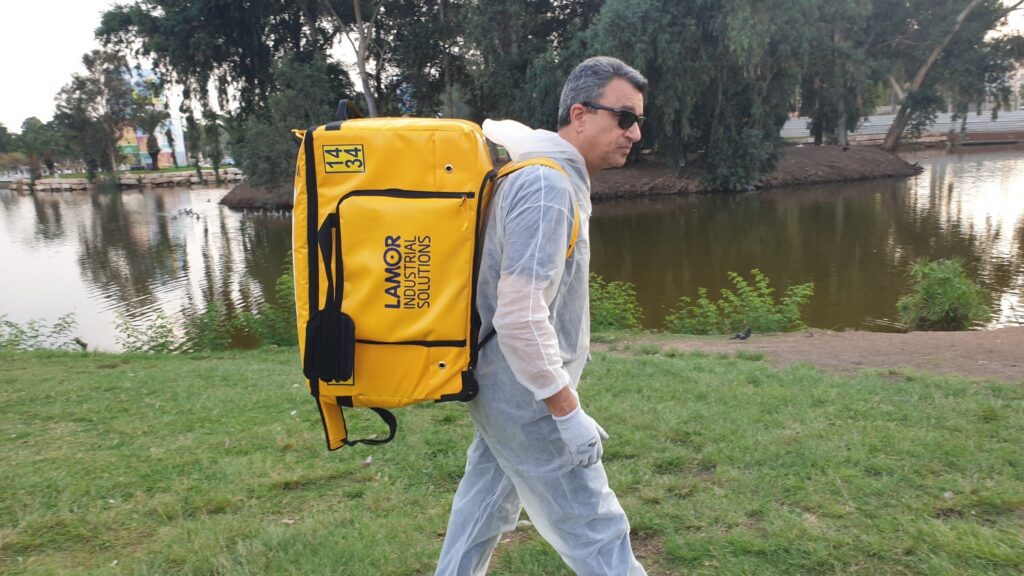
“The classic customers are those that are more likely to sustain such accidents, like refineries, oil terminals, ports, oil rigs – anything that is directly connected with the oil industry.”
Related posts

Resilient And Nutritious New Plant-Based Milk Aims To Make A Splash

Chocolate From Cultivated Cocoa Comes Without Environmental Toll

Plastic Fantastic: Startup Takes PVC Back To Its Crude Oil Roots


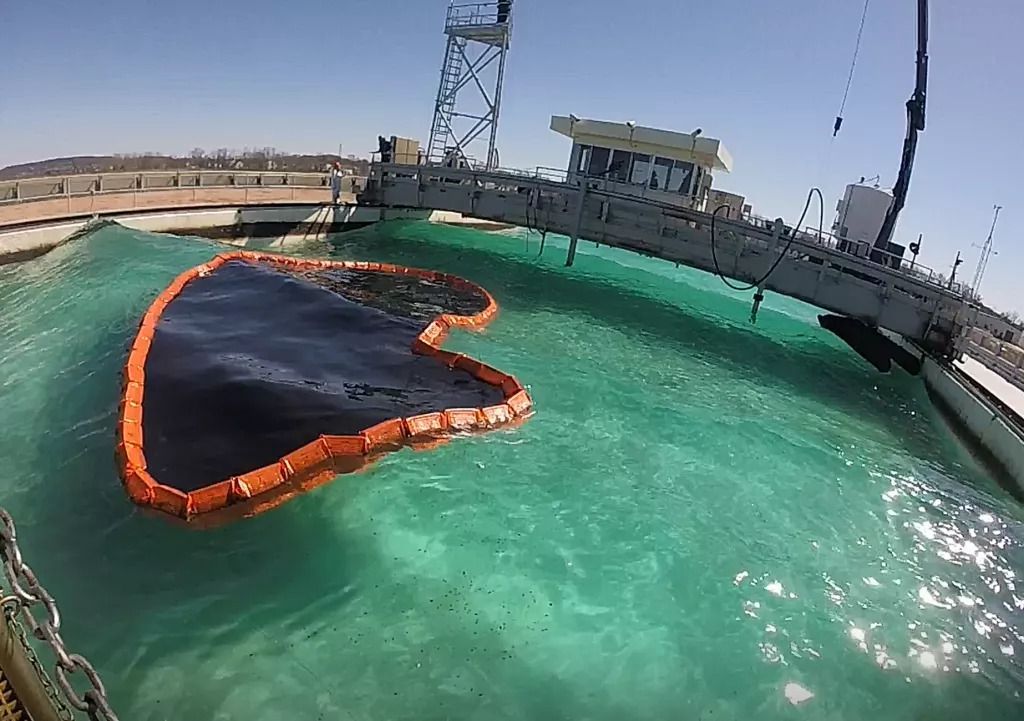

Facebook comments